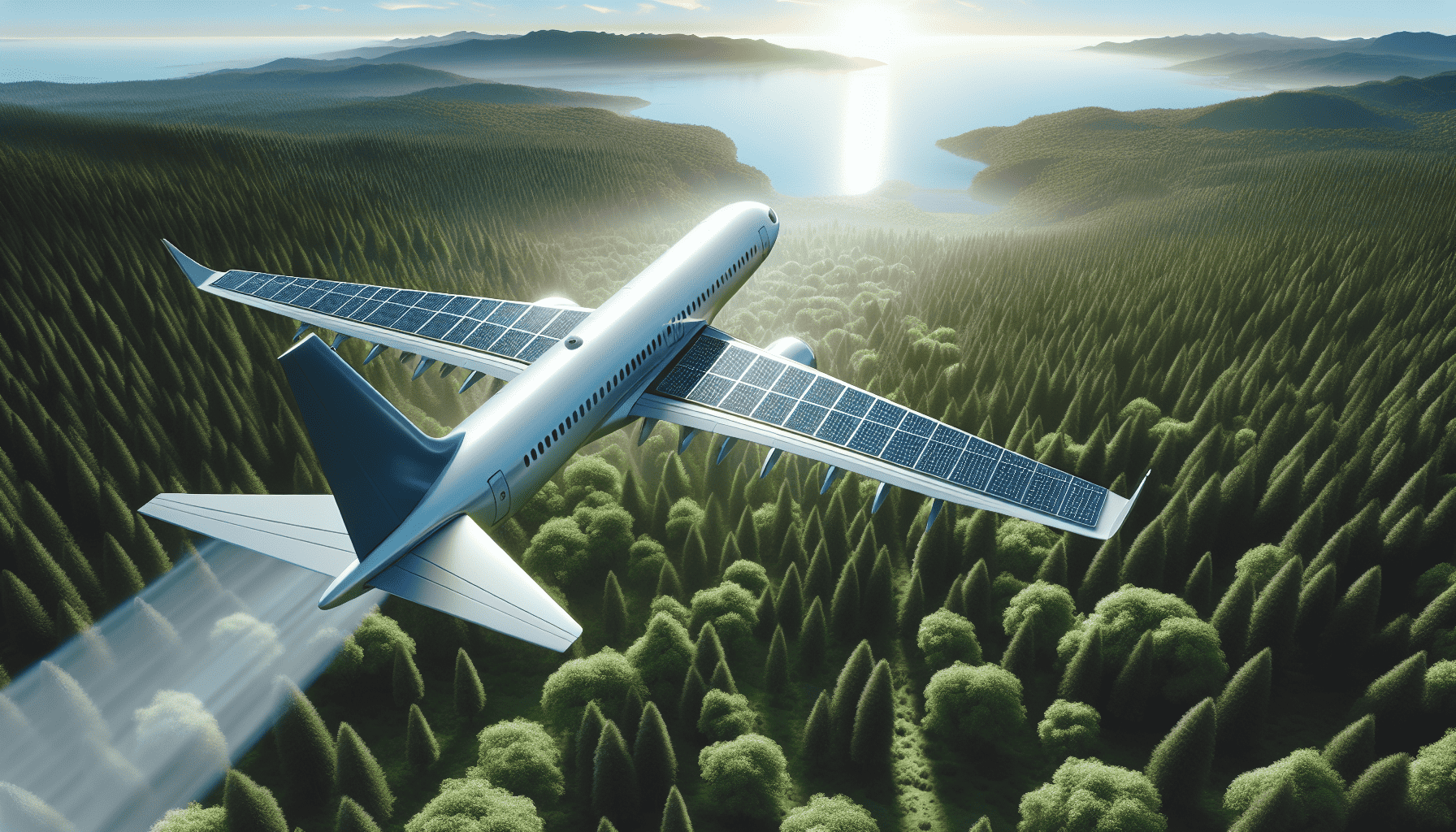In recent years, the aviation industry has been increasingly scrutinized for its contribution to global carbon emissions. As the demand for air travel continues to rise, the imperative to develop sustainable aviation technologies has become more urgent than ever. Today, the quest for eco-friendly skies is at the forefront of innovation, with numerous efforts and cutting-edge technologies striving to reduce the carbon footprint of aviation.
One of the most promising developments in sustainable aviation is the rise of electric aircraft. Electric propulsion systems offer the potential to significantly decrease emissions, particularly for short-haul and regional flights. Companies such as Airbus, Boeing, and several startups are making strides in designing electric planes that could revolutionize air travel. The reduction in reliance on fossil fuels, coupled with advances in battery technology, signals a potential future where silent, emission-free flights become a reality.
Another avenue being explored is the use of sustainable aviation fuels (SAF). SAFs are derived from renewable sources such as plant materials, waste oils, and even algae. Unlike traditional jet fuel, these alternatives can significantly reduce the lifecycle carbon emissions of flights. High-profile aviation companies, alongside governments around the world, are investing in infrastructure to increase the production and availability of SAF. While currently more expensive than conventional fuel, advances in production technologies and increased economies of scale are expected to drive costs down, making SAF a viable alternative in the near future.
Hybrid propulsion systems also offer a promising solution. By combining traditional jet engines with electric motors, hybrid aircraft can optimize fuel usage and minimize emissions, particularly during the high-consumption phases of flight like takeoff and landing. This transitional step towards fully electrified aviation not only promises reductions in carbon emissions but also offers improvements in fuel efficiency and noise reduction.
Moreover, innovations in aircraft design are playing a pivotal role in reducing aviation’s environmental impact. Advances in aerodynamics, lightweight materials, and state-of-the-art engines all contribute to more fuel-efficient aircraft. Concepts such as blended wing bodies and truss-braced wings are being researched, which could drastically improve lift-to-drag ratios, significantly cutting fuel consumption.
Operational efficiencies also provide pathways to sustainability in aviation. Improved air traffic management, optimized flight paths, and better airport infrastructure contribute to reduced fuel use and emissions. Technologies such as satellite-based navigation systems enable aircraft to fly more direct routes and avoid unnecessary delays in the air, thus reducing the amount of fuel burnt.
Moreover, airlines are progressively adopting sustainable business practices. Many are introducing carbon offset programs, investing in fuel-efficient aircraft, and collaborating with stakeholders across the industry to support green initiatives. In addition, there is an increasing commitment to transparency in reporting emissions, helping passengers make informed choices about their travel options.
Government policies and international cooperation are crucial in driving these advancements. Regulatory frameworks that incentivize carbon reduction and research funding into alternative technologies provide the necessary push towards sustainable aviation. Agreements like the Carbon Offsetting and Reduction Scheme for International Aviation (CORSIA) aim to stabilize emissions at 2020 levels by offering a mechanism for carbon offsetting and investing in low-carbon alternatives.
The journey toward sustainable aviation faces challenges, including technological hurdles, cost barriers, and the need for industry-wide cooperation. However, the potential benefits make this journey worthwhile. As technological innovations continue to evolve, so too does the promise of a future where air travel harmonizes with the planet’s ecological needs.
Ultimately, the move towards sustainable aviation is not just about adopting new technologies but also about fostering a change in mindset within the industry and among passengers. The path to eco-friendly skies is a collaborative effort that will require dedication, innovation, and patience. By embracing these changes, the aviation industry can contribute to a cleaner, greener future, where flying green becomes not just a possibility but a standard practice.
